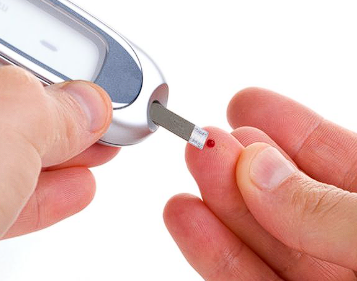Type 5 Diabetes
Recently, the International Diabetes Federation (IDF) acknowledged Type 5 diabetes as a distinct health condition during the World Diabetes Congress held in Bangkok. The condition, primarily affecting malnourished individuals, had remained largely unrecognised despite its global impact.
About Type 5 Diabetes
- Type 5 diabetes is a malnutrition-related form of diabetes.
- It typically affects lean and malnourished teenagers and young adults.
- The condition is prevalent in low- and middle-income countries, particularly in Asia and Africa.
- Approximately 20 to 25 million people are estimated to be affected worldwide.
- Unlike Type 1 and Type 2 diabetes, Type 5 diabetes is marked by a deep defect in insulin secretion rather than insulin resistance.
Historical Context
The condition was first documented in Jamaica in 1955 as J-type diabetes. In the 1960s, it was reported in undernourished populations across India, Pakistan, and parts of sub-Saharan Africa. The World Health Organization (WHO) initially recognised it in 1985 but later retracted this status in 1999 due to insufficient follow-up studies.
Recent Developments
Type 5 diabetes is fundamentally different from both Type 1 and Type 2 diabetes. New research reveals that insulin injections, commonly used for Type 1 diabetes, can be harmful to Type 5 diabetes patients. The condition is associated with defect in insulin secretion, which has led to a shift in understanding and treatment approaches.
The Role of the International Diabetes Federation
In response to the growing awareness of Type 5 diabetes, the IDF has established a working group. This group aims to create formal diagnostic and therapeutic guidelines over the next two years. It will define diagnostic criteria and develop management protocols for the disease. Additionally, a global registry will be established to facilitate research and education for healthcare professionals.
Challenges in Diagnosis and Treatment
Type 5 diabetes has historically been under-diagnosed. It is more prevalent than tuberculosis and nearly as common as HIV/AIDS. The absence of an official designation has impeded efforts to diagnose and treat affected individuals effectively. The working group will address these challenges by providing educational modules for healthcare professionals.
Month: Current Affairs - April, 2025
Category: Science & Technology Current Affairs








